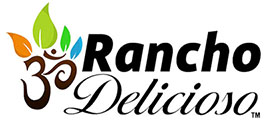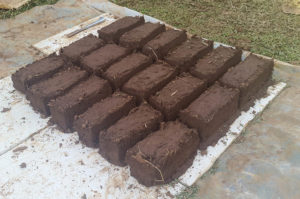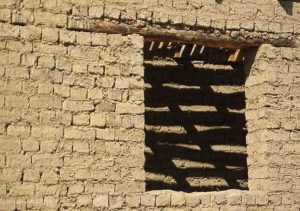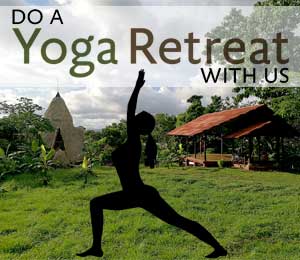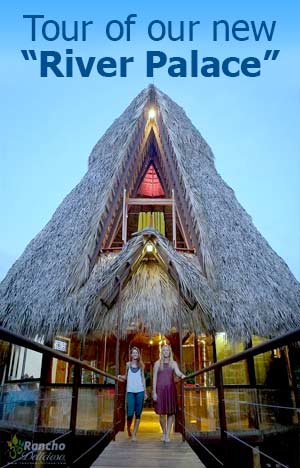The Costa Rica Adobe Project
Currently we’re focused on organic farming and permaculture, but we are planning for three sustainable construction projects in the future once we have enough volunteers:
Adobe Technology Re-Invention
For hundreds of years, people built in Costa Rica using adobe. There are still old churches made with this material around the country, but this great eco-friendly building technology has been lost due to the fossil-fuel industry making cement and steel construction more convenient (and honestly speaking, probably safer too!)
Conventional wisdom has it that adobe is unsafe because it can collapse during earthquakes. My belief is that there are instances where Adobe is appropriate, and very safe, such as in single-story construction projects. Such walls need to be properly buttressed to support them. On top of these thick adobe walls, not higher than three meters or so, a light and flexible roof can be made.
Advantages of Adobe Construction:
Uses all local materials (soil/clay, sand, grass)
Free materials
No/low energy use (adobe bricks are sun-dried, not baked)
Zero carbon emissions (actually because they use grass, it’s a carbon SINK).
Durability (last hundreds of years)
Cool in hot climates (thick walls absorb the sun, keeping the structure cool inside).
The soil at Rancho Delicioso has a lot of red clay, that’s apparently perfect for Adobe, and we have tons of free grass, so we hope to work on developing a cheap and easy system of making adobe brick buildings such as a bodega or single-room house in the near future, and document how we do it for locals to copy.
Other Adobe Styles to Consider:
Adobe+Concrete – One way to add strength to adobe bricks is to add a bit of concrete to the mix. While this many not please the purists, it could result in a better end result, and perhaps bricks that could have holes in them for rebar or bamboo, making the walls better in case of earthquakes.
Pressurized adobe – Many inventions have already been created and are even for sale that simply use pressure, such as a using a very long steel lever to squash adobe, dirt, or dirt with cement, into bricks that are stronger than pure adobe. I’d love to try to create our own system for this. An additional advantage of this is that it makes them all exactly the same size since they’re squashed into a mold one by one.
